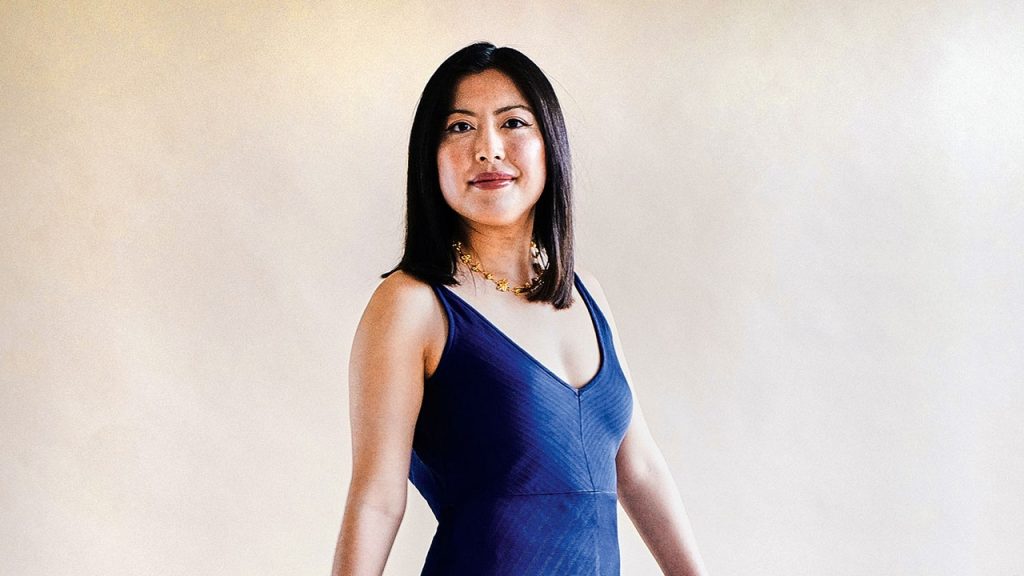The process of dyeing a wedding dress black was deemed impossible due to the delicate silk material, so a deep blue shade was chosen using sustainably sourced logwood. The dyeing process involved soaking the dress in hot water, applying a mordant, and massaging it in a heated dye bath. The dress was then dipped in cold water, washed, and hung up to dry. The colorist experimented with different natural dyes before achieving the desired shade of blue, adjusting the process as necessary due to the unpredictable nature of natural materials.
In addition to dyeing, there are other ways to transform a wedding dress. Some brides opt to alter their dresses for practical reasons, such as cutting it in half to combat overheating or altering it for everyday wear. Brands like Vivienne Westwood offer upcycling services for brides who want to wear their wedding dress beyond the big day. These services include altering the silhouette, adding embellishments, hand painting techniques, or incorporating detachable sleeves to give the gown a new life and eliminate waste.
The process of dyeing a wedding dress with natural dyes requires careful attention to detail. Each step, from preparing the dress to applying mordants and dye baths, must be executed precisely to achieve the desired color. The colorist must be flexible and adaptable, as natural materials may react differently than expected. Sampling different dyes and adjusting the process accordingly are crucial to achieving the perfect hue on a delicate fabric like silk.
Sustainable practices, such as using natural dyes and upcycling wedding dresses, are becoming increasingly popular among brides. The desire to reduce waste and give wedding gowns a new life beyond the wedding day is driving this trend. Brands like Vivienne Westwood are embracing the shift towards sustainability by offering bespoke upcycling services for brides. By altering silhouettes, adding embellishments, or hand painting techniques, these brands are able to transform wedding dresses into unique pieces that can be worn again and again.
The upcycling trend is not only limited to wedding dresses but is also seen in other areas of fashion. Moda Operandi cofounder Lauren Santo Domingo famously had her wedding dress altered during her wedding in Colombia, while sustainable fashion campaigner Venetia La Manna incorporated her wedding slip dress into her day-to-day wardrobe. This shift towards sustainability and versatility in fashion is resonating with consumers who want to make more conscious choices about their clothing and accessories.
As more brides seek ways to extend the life of their wedding dresses, brands are responding with innovative upcycling services. By offering bespoke alterations, hand painting techniques, and other creative solutions, brands like Vivienne Westwood are enabling brides to rewear their wedding gowns in new and exciting ways. The trend towards sustainability in weddings and fashion is not only environmentally friendly but also allows brides to express their individual style and create lasting memories with their wedding attire.


